Geislinger Str. 6
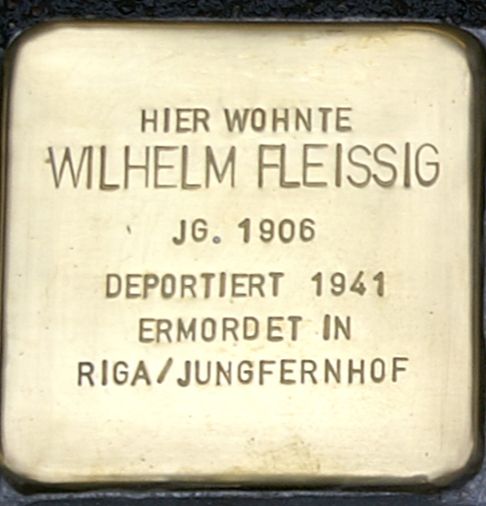
The following notation can be found in the residents’ registration files of the Göppingen city archives:
Born: May 13, 1906, in Nuremberg, Single, Profession: Dipl. Engineer
Moved from Nuremberg to Göppingen, Geislingerstrasse 6 (Löwenstein) on April 6, 1938
(They are Gisela, née Dörzbacher and Albert Löwenstein, the author)
And the following notation was added in pencil: ‘Half-Jewish, managing director at Geschmay’.
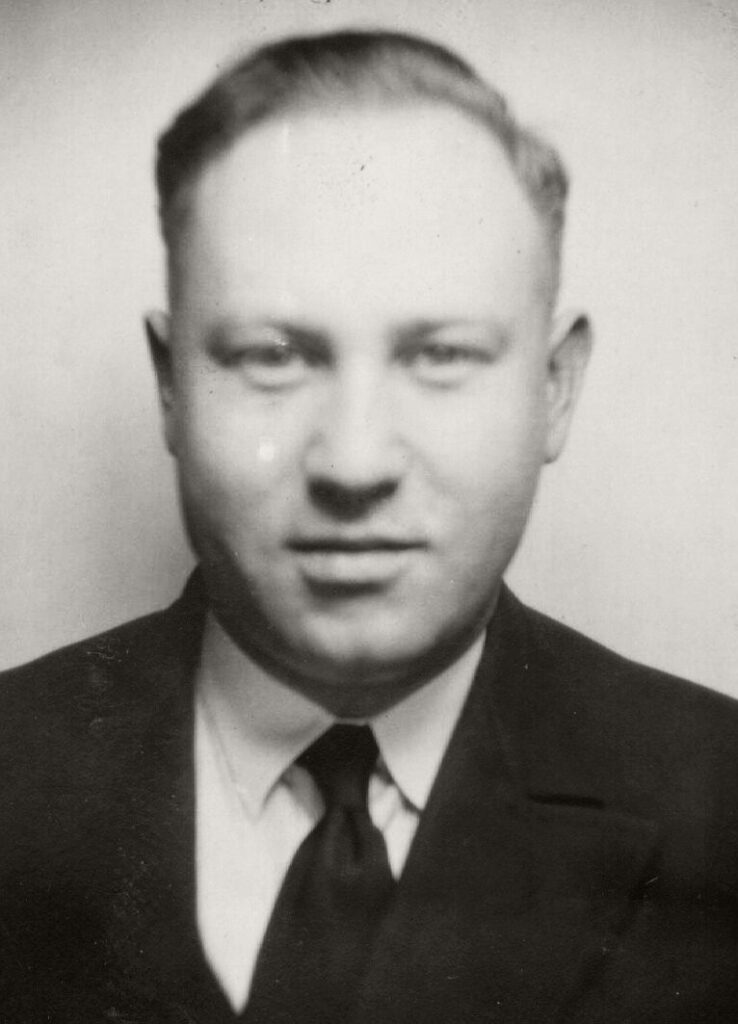
Managing Director at Geschmay
“Geschmay” can only mean the “Wuerttemberg Felt-Cloth Factory D. Geschmay Company”, which was located in the Metzgerstrasse in Goeppingen. Besides the economic harassment to which ‘Jewish’ companies were subjected during the Nazi time, there also were difficulties on a personal level during the years from 1935 to 1938, as well as a death: Hans Geschmay, the junior partner, had primarily lived in Italy since 1935 in order to build a new factory there. His brother-in-law, Leo Neuburger, a former part-owner of the company, had moved to Stuttgart in 1935 and therefore had to resign from the firm. After these changes took place, Justin Rosenwald, who also was a brother-in-law of Hans Geschmay, became the new managing director. But in April 1938 Justin Rosenwald must probably already have been seriously ill because he died in Göppingen a month later at only 55 years of age. Hans and his father David Geschmay must have felt fortunate to have found a qualified successor in Wilhelm Fleissig. It could hardly have been a coincidence that he was a citizen of Nuremberg: the deceased, Justin Rosenwald, had owned a stuffed-toy factory there for many years. He might perhaps have known Wilhelm Fleissig on a professional or private level.
A Diploma Chemist
Wilhelm Max Eugen Fleissig enrolled at the University of Erlangen when he was not even 18 years old yet. For two semesters he studied chemistry and political science. After the winter semester of 1924-25, he transferred to the Technical University of Munich where his specialization was in chemistry. During the 1927 summer semester he passed his preliminary diploma examination with a high grade. While he studied in Munich he made ‘Requests for Tuition Waivers’, a clue that Wilhelm Fleissig did not come from a well-to-do family. It is also known that he was a member of the “Free Scientific Association”, a student organization which had a different focus than the right-leaning fraternities that would not have admitted Jewish members anyway.
According to one reference, Wilhelm Fleissig completed his studies at a Berlin university or college, but additional information could not be located. It is also not known where Mr. Fleissig held first professional positions but it can be assumed that without experience he would not have been qualified to apply for the managing director position in Göppingen. Wilhelm Fleissig was able to work at the Geschmay firm until its ‘Aryanization’ at the end of 1938. It was fortunate that the new ‘Aryan’ owner Friedrich Haefele continued to employ him until his deportation – the alternative would have been forced labor – but most likely no longer in his capacity as managing director.
Gerhard Kieffer, who was a fifteen-year-old apprentice in the company, remembered Wilhelm Fleissig: “He was approximately 1 Meter 75 [5’8”] tall and had thinning dark blond hair. He had an athletic build. He was a man in his prime years and his appearance was what the Nazis would have thought of as ‘Aryan’. He was well-spoken, without a Franconian accent. On October 1, 1941, I began my commercial apprenticeship at the Württemberg Felt-Cloth Factory. Wilhelm Fleissig was very committed to making a good businessman out of me. I will never forget this admirable man. At that time I heard that Wilhelm Fleissig had been a researcher at the Kaiser-Wilhelm-Institute in Berlin. First he lost his Doctor title, then his work place. At the felt-cloth factory he had to share an office space with Theodor Dickfoss in the technical and Mathilde Jucker in the commercial areas of the business. I do not know in which capacity Wilhelm Fleissig worked. And then there was I, an apprentice whom Wilhelm Fleissig took under his wing. One day I came into the office and was surprised to find that his desk had been moved and was hidden behind a cabinet. Most likely this was due to new regulation that Jewish citizens were no longer permitted to work in the same room as ‘Aryans’.” Mr. Kieffer’s memories have also given an indication what and where Wilhelm Fleissig’s work duties at Geschmay were. Until now we were not able to locate other sources confirming that Mr. Fleissig had worked at Kaiser-Wilhelm-Institute.
In the Concentration Camp and Being Homeless
Wilhelm Fleissig probably must have had his worst impression of Göppingen, his new place of residence, during Pogrom Night November 9-10, 1938: The attacks on Jewish citizens, the destruction of businesses and of the Hotel Dettelbacher, and the arson fire that destroyed the synagogue. He was arrested as well and tortured at the Dachau concentration camp from December 12 to 23, 1938.
His return from Dachau was the beginning of an involuntary odyssey through many of Göppingen’s ‘Jewish Houses’. The following notations appear in the residents’ registration registry:
Moved to Ludwigstrasse 30 (Clara Lang) on January 20, 1939. (The house on Ludwigstrasse 30, today Mörikestrasse 30, was owned by the Jewish family Veit -kmr)
Moved to Grabenstrasse 18 (Oppenheimer) on September 30, 1939
Moved to Haupstrasse 11, second floor (Fleischer) on May 4, 1940
Moved to Metzgerstrasse 16, second floor (Geschmay) on May 29, 1941
Roots in the Rems Valley It was not possible to confirm the notation ‘Half Jewish’ that was penciled in on the Göppingen registration form. Both of Wilhelm’s parents, his mother Wilhelmine Eleonore Fleissig, née Wertheimber, as well as his father Julius Fleissig, belonged to the Jewish faith.
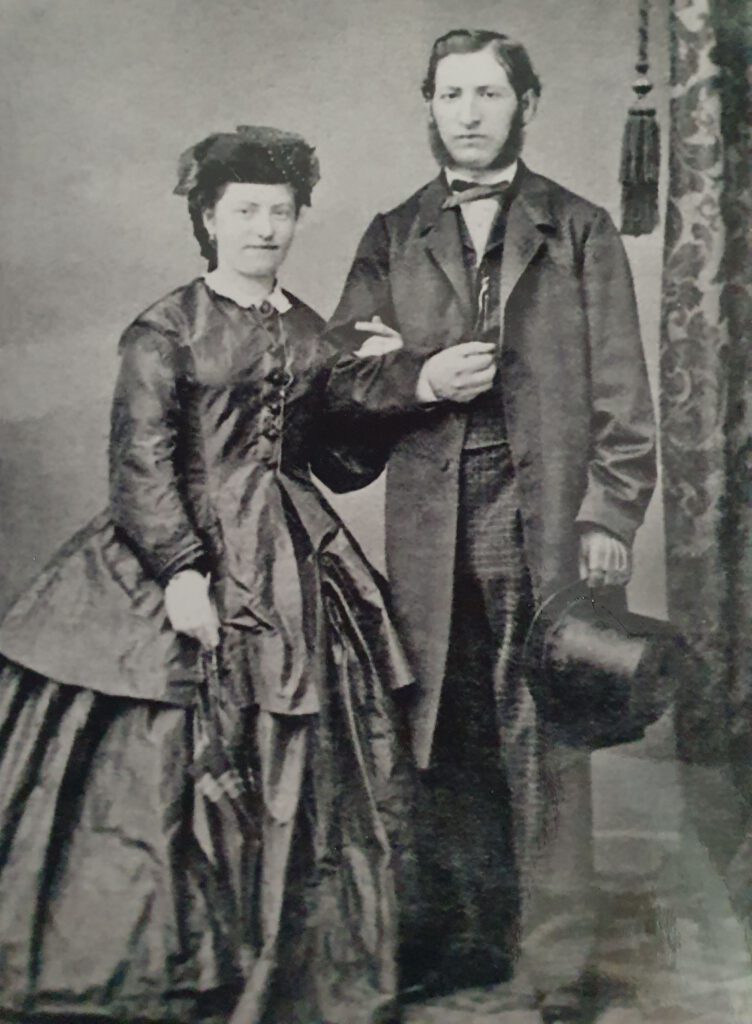
However Wilhelm Fleissig also had Christian ancestors: His grandmother on his mother’s side, Wilhelmine Wertheimber, née Munder, was the daughter of a Christian family from Stetten in the Rems valley in Württemberg: Wilhelm’s great-grandfather Christian Wilhelm Munder (1828-1901) was a nail-smith and vintner by profession, whose daughter Wilhelmine (1860-1934) was employed as a housekeeper for unmarried merchant Emil Wertheimber in Munich. Four years after the birth of their daughter Wilhelmine Eleonore in March 1883, the unlikely couple (age difference of 20 years) were married after all and their daughter was thereby ‘legitimized’. Because of her marriage Wilhelmine converted to the Jewish religion of her husband. Wilhelmine Wertheimber’s daughter Wilhelmine Eleonore married Nuremberg merchant Julius Fleissig who owned a metals- and glasswares business there since 1901. Two children were born to this marriage: Wilhelm, born 1905, and Else Helene, born 1908. Julius Fleissig died in 1934. The notation mentioned above which listed Wilhelm Fleissig as ‘Half Jewish’ would not have met the criteria of the Nazis. However it is very understandable that Wilhelm Fleissig attempted to ‘beautify’ his ancestry because his life was in danger.
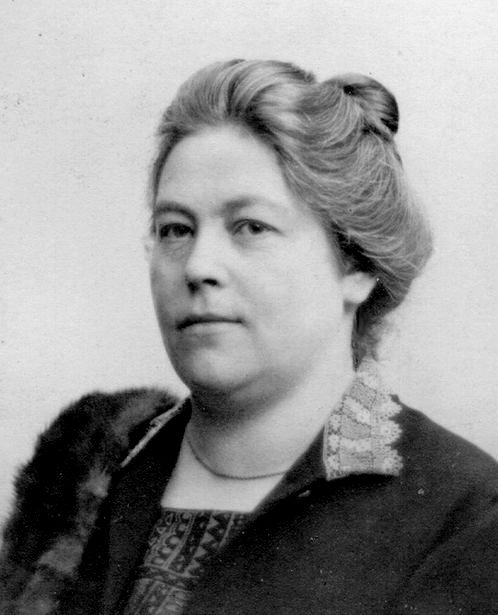
Wilhelm Fleissig’s uncle Paul Hugo Fleissig had already moved to Basel / Switzerland at the end of the 19th century. His family tried to motivate the Nuremberg relatives to flee to Switzerland during the Nazi era.
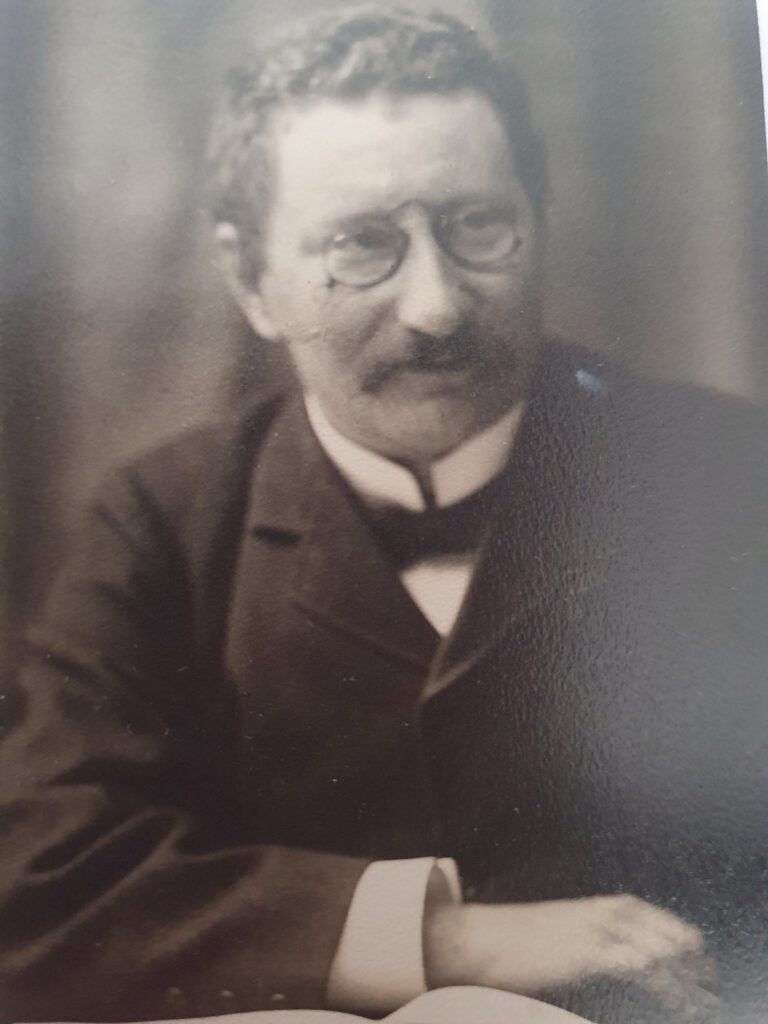
Two Families Were Wiped Out
Wilhelmine Wertheimber, née Munder, Wilhelm Fleissig’s ‘Aryan’ grandmother, died in Nuremberg in 1934, which spared her from knowing about the fates of her daughter and her two grandchildren:
Her daughter Wilhelmine Eleonore Fleissig, née Wertheimber, 59 years old and a widow, according to the Nazis’ criteria ‘Half-Jewish’, was deported on March 24, 1942, from Nuremberg to Izbica and murdered in a German extermination camp.
Her granddaughter Else Helene Fleissig, (Wilhelm Fleissig’s younger sister), 33 years old, unmarried and a governess by profession, was on the same transport as her mother and was also murdered.
And also:
Her grandson Wilhelm Fleissig, who was probably murdered at Riga/Jungfernhof, to where he had been deported from Göppingen on November 28, 1941, a few days before the deportation of his mother and sister.
Mr. Kieffer remembers: “Before the Jews were taken away from Metzgerstrasse in 1941, Mr. Fleissig came to our office to say good-bye by telephone to his ‘Aryan’ mother in Nuremberg, and after that he said good-bye to us. It was an extremely dramatic scene. He gave me the book ‘The Battle for the Matterhorn’ by Carl Hänsel because he knew very well about my enthusiasm for mountaineering. This book still stands on my bookshelf today.”
Two other relatives from the Fleissig side of Wilhelm’s family were also murdered:
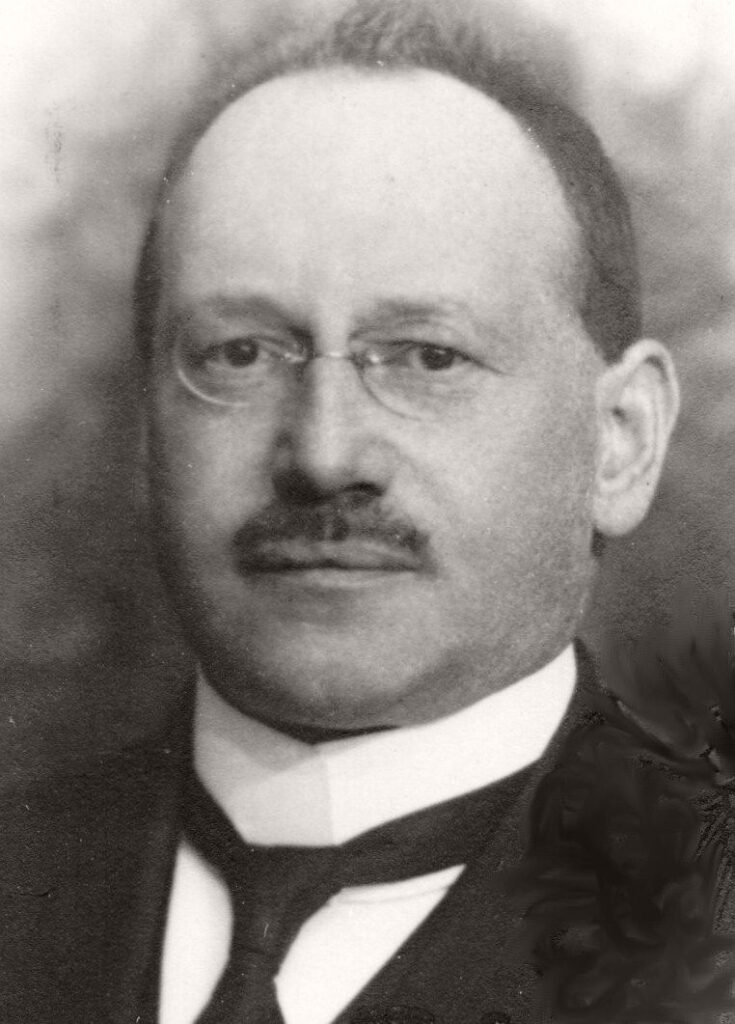
Wilhelm’s single uncle Max Theodor Fleissig, a merchant, who had lived in Nuremberg, was, like his relatives, deported to Izbica in March 1942.
Wilhelm’s aunt Luise Löwy, née Fleissig, who was married and lived in Wuppertal, died in May 1942 at Theresienstadt concentration camp. The initiative came from her great-grandniece, Mrs. Santoro-Burckhardt, to whom we also owe the photos of Luise Löwy Fleissig and Samuel and Cäcilie Fleissig.
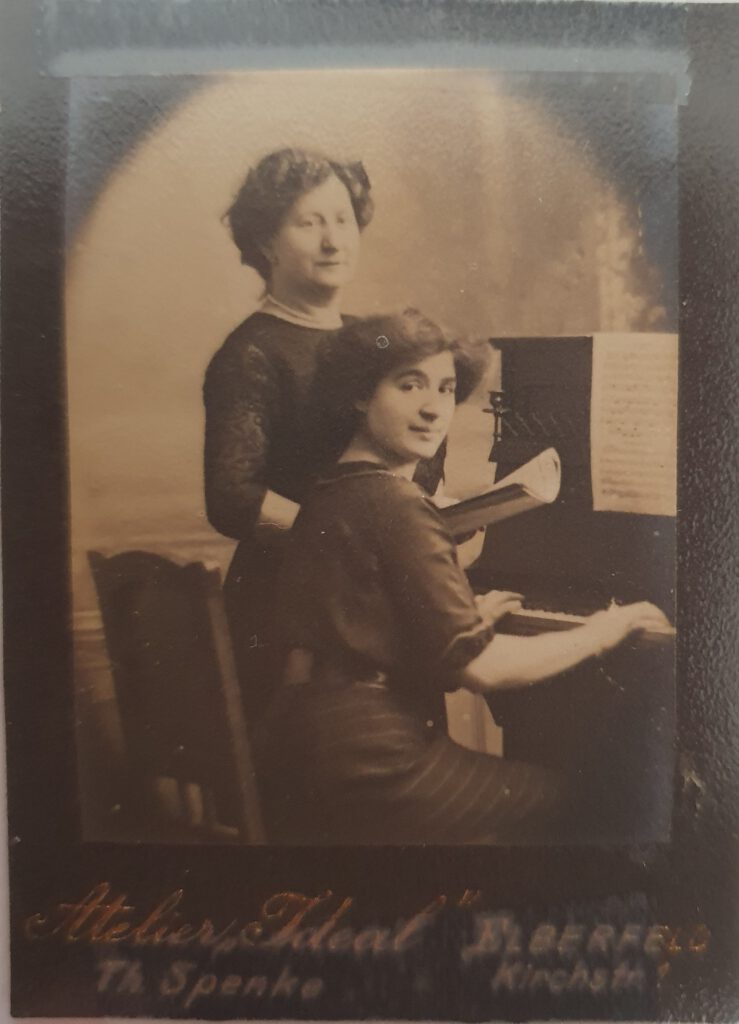
On September 19, 2012, Gunter Demnig laid a Stumbling Stone in front of the former building at Geislinger Str. 6 in memory of Wilhelm Fleissig’s fate. There were no relatives who could have been invited to the ceremony.
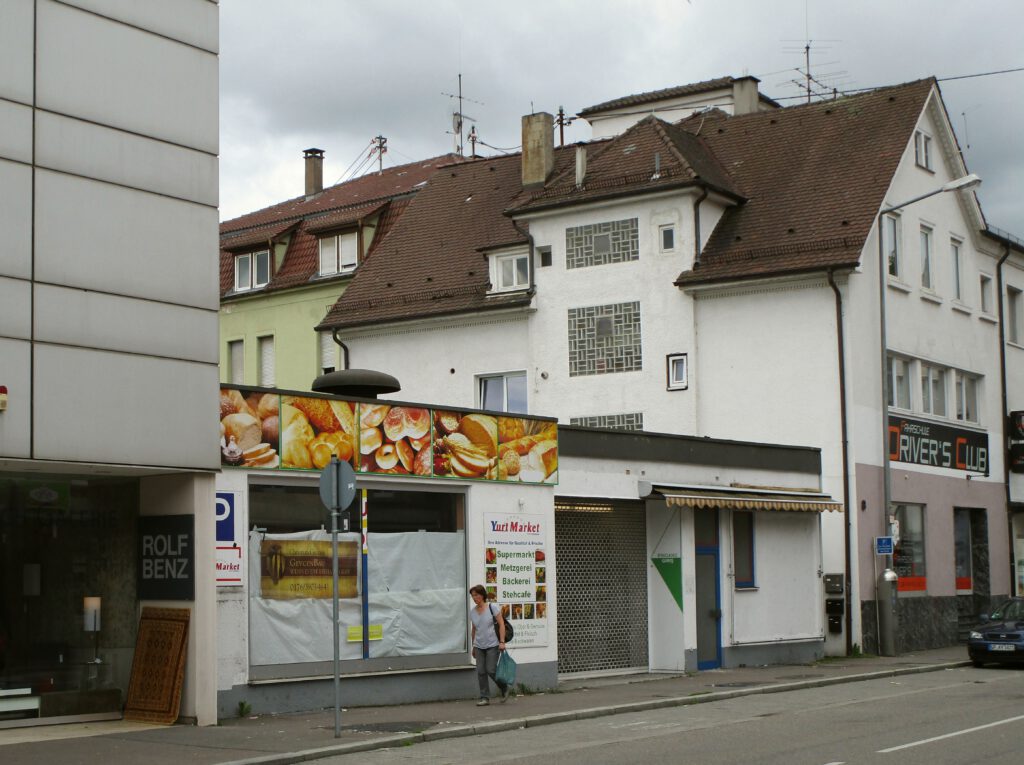
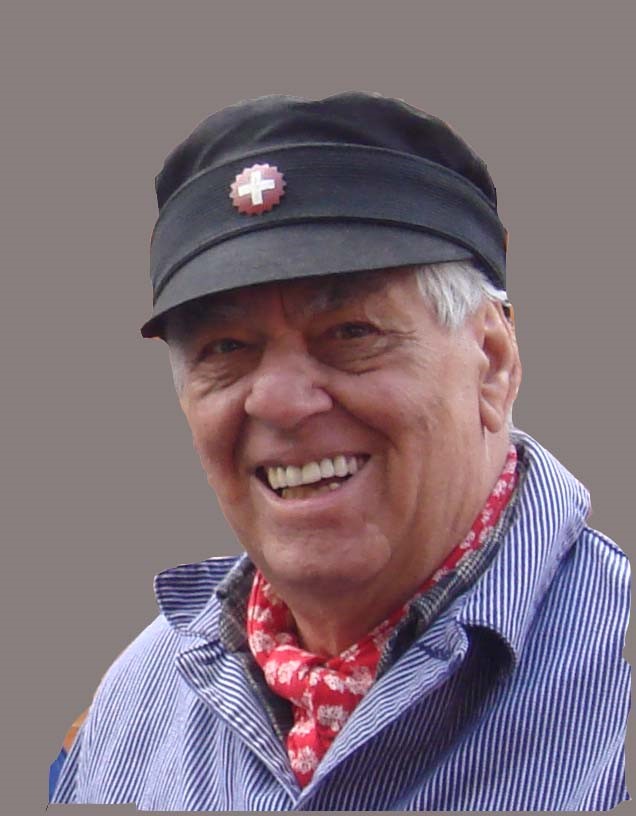
We would like to thank Mr. Kieffer for sharing his memories of Wilhelm Fleissig with us. The state archives in Nuremberg kindly made photos of the family available to us. We would also like to thank Mrs. Miriam Santoro-Burckhardt for photos and further information about the family.
(November 24, 2023 kmr/ir)















Leave a Reply